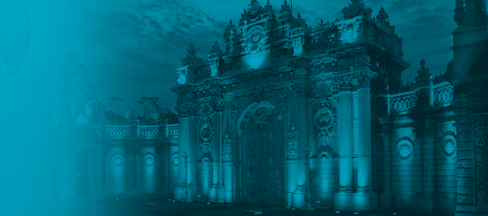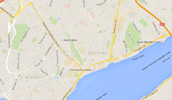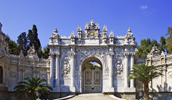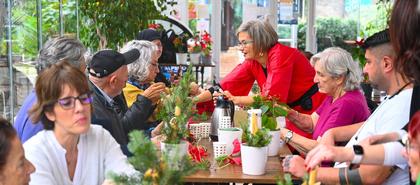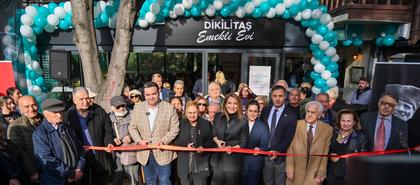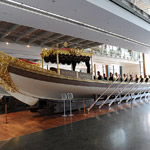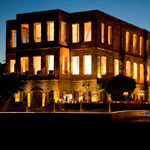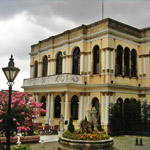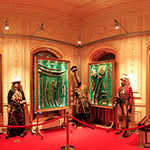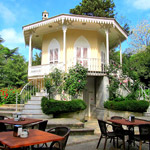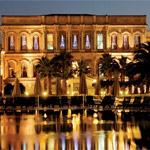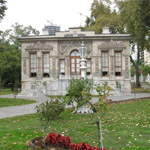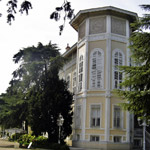Malta Kiosk
The Malta Kiosk (Malta Köşkü) is a historic imperial Ottoman residence located within the garden of the Yıldız Palace in Istanbul, Turkey. The two-storey pavilion was commissioned by Sultan Abdülaziz (reigned 1861–1876) as a hunting lodge, designed by the architect Sarkis Balyan in the neo-baroque style and completed in 1870.
The pavilion, perched atop a steep hill, is one of the two lodges of its art within the Yıldız Park, the other one being the Çadır Pavilion (Çadır Köşkü). It is located at the north side of the wall separating Yıldız Palace. There are also two watching and resting pavilions in the grove being the rear garden of Çırağan Palace from the Abdül Aziz I period. The origin of the name is not certain but it is thought that during the Ottoman era certain parts of palaces were called after the names of conquered places, so this name was probably given after the siege of Malta (even though the siege was a major Ottoman defeat and Malta remained unconquered).
Malta Kiosk is an example of westernised architecture of the 19th century. The building was constructed by Sarkis Balyan and his brothers. During the Abdül Mecid I period, the architects have been influenced by the European architecture and motifs of nature, flowers, fruits and hunting animal figures have been widely used on the walls. Round marble columns, terraces, bedrooms, wooden and crystal halls have features like neo-classical, neo-Islamic and neo-Ottoman characteristics. The arches in S and C shapes originated from the Rococo style. Columns, palmets or sea shells have been added to the keystones of the arches. The baroque style of the 19th century has been reflected with oval windows, fluted cornices, flushed columns with small tower on ends. The vertical and horizontal elements have been balanced in the Empire style symbolising the Napoleonic period under the influence of Egyptian and Roman architecture.
 Yıldız Mh., 34349 İstanbul
Yıldız Mh., 34349 İstanbul (0212) 258 9453
(0212) 258 9453


